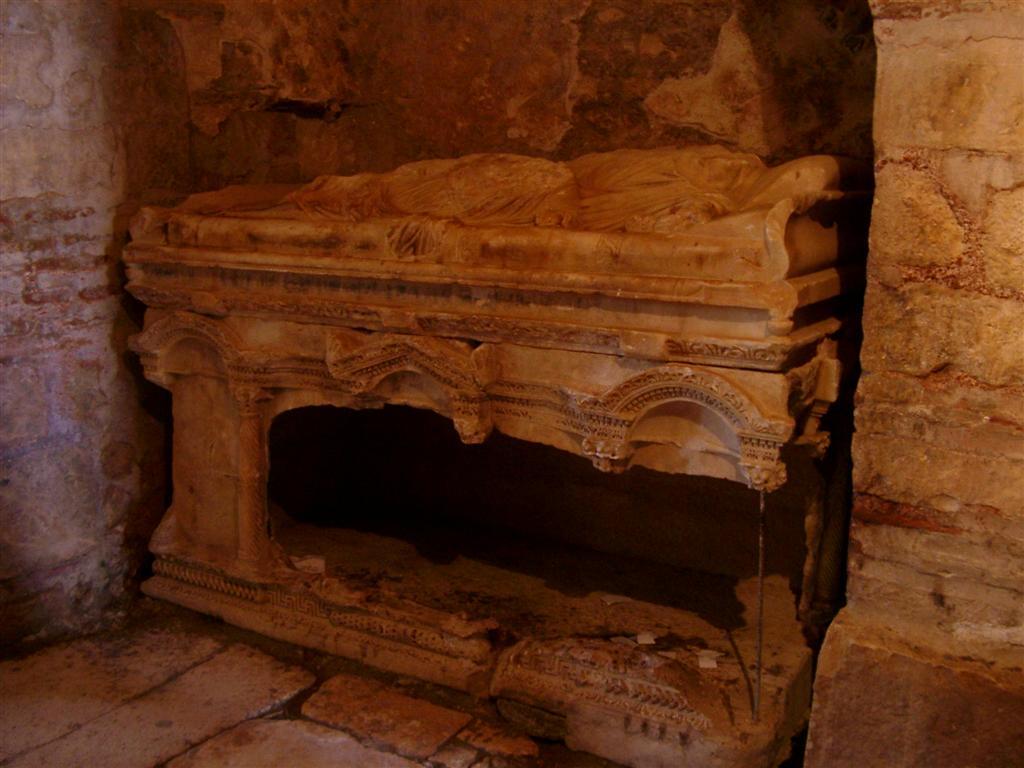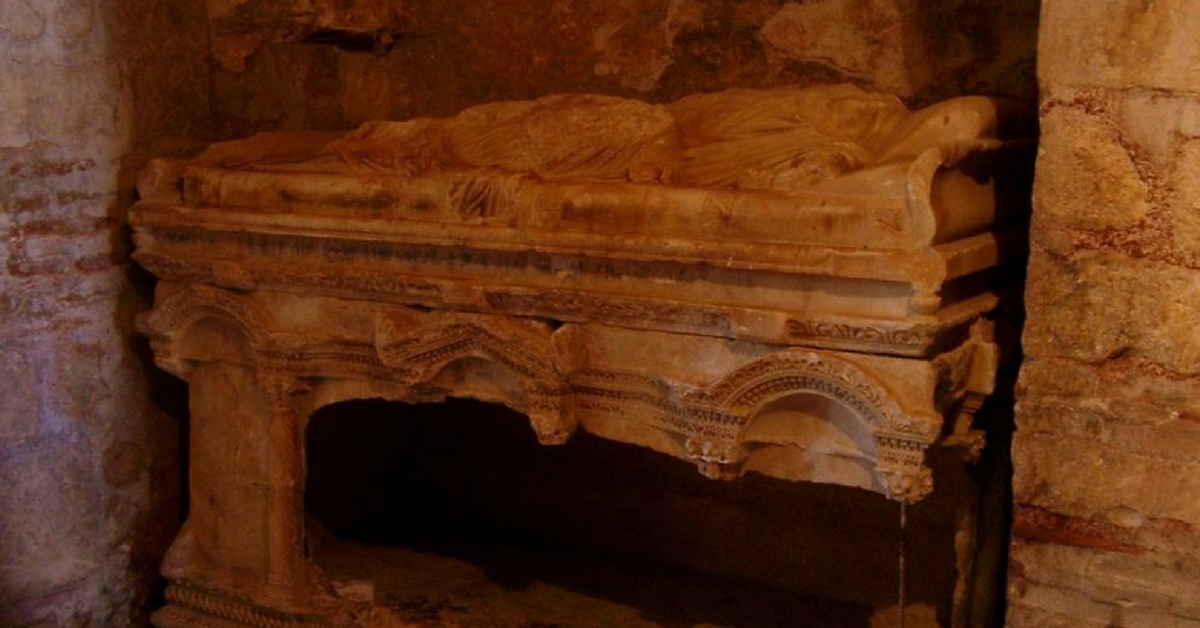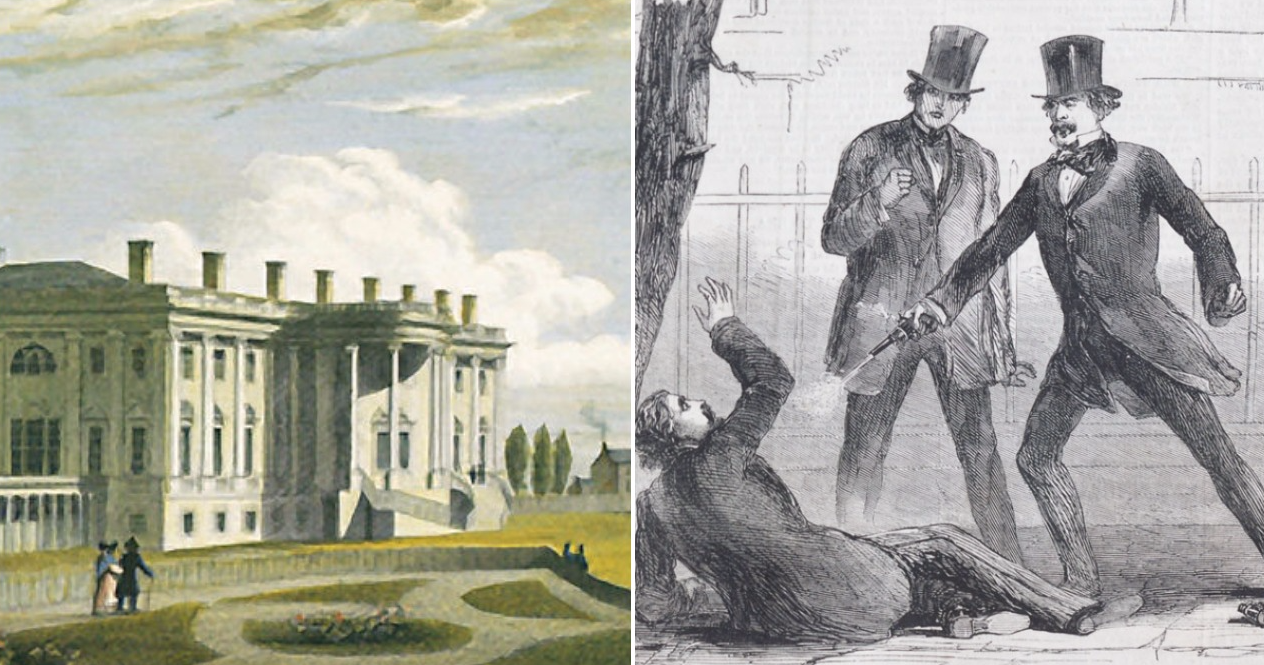Congratulations to everyone who actually believed that at one point in time Santa really existed, because archaeologists in Turkey have made a new discovery that could once and for all settle the centuries-old mystery.
While experts have historical evidence to believe that St. Nicholas aka Santa Claus, a bishop of Demre, a town located in Turkey's Antalya province, was alive sometime around the 4th century, no one really knew where he was buried.

Some theories claim that during the crusades St. Nicholas's bones were moved from Demre to Venice or Bari, Italy. In fact, many Catholics and Orthodox Christians believe that the Basilica di San Nicola is the location of the saint's tomb. Others argue that the remains ended up in Ireland where they were placed in an abandoned churchyard by French knights.
This week, a team of archaeologists including Cemil Karabayram, the head of Antalya's Reliefs and Monuments authority, were digging through an 11th century church located in St. Nick's birthplace when they stumbled upon a grave that could change history as we know it.
The Turkish archeologists found a tomb they believe to be holding St. Nicholas's remains.
Karabayram told the Turkish Press that the tomb located beneath the St. Nicholas Church appears to be undamaged, but in order to minimize damage to the structure, excavation will have to be done strategically.
"We believe this shrine has not been damaged at all, but it is quite difficult to get to it as there are mosaics on the floor," Karabayram told Hurriyet Daily News.

If this exciting discovery is in fact the 1,674-year-old remains of the popular saint then many of the previous historical accounts have been very wrong. The Turkish experts claim that the bones taken to Italy belong to an anonymous priest, not St. Nicholas.
Aside from the historical significance of their discovery, Karabayram said that this is "an important find both culturally and for Turkey's tourism."
One of the main reasons why the revered saint continues to remain an important figure in Christianity is because of his kindness and generosity. Around the 16th century, he became associated with Christmas, and when the Dutch arrived in the U.S.A, their version of Saint Nicholas, "Sinterklass," got translated into Santa Claus.
Now, before you run off to rub it in the face of those who didn't believe in good ol' Santa Claus, you should know that they're not entirely wrong. While Santa Claus may have once roamed this earth, he is no longer alive, which technically means that we lie every time we tell a kid that Santa is coming.

